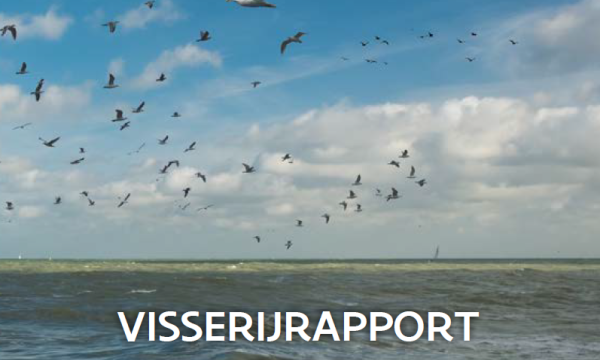Project news Fewer animals needed in fisheries research thanks to video and crowdsourcing

Reflex tests on fish which are used to determine the stress state and survival rate after discards must be correctly conducted and interpreted, and therefore require training. Thanks to recently published ILVO research on the use of video and crowdsourcing (product improvement based on the knowledge and skills of users), fewer laboratory animals will be needed in the near future. The research also confirms the reliability of the reflex methodology.
In recent years, fishery scientists have been investing heavily in research into the survival of undersized fish. How many undersized fish will survive the process of returning them to the sea? And can you increase the chance of survival? The research provides knowledge that is important for the implementation of the European landing obligation, and for possibilities of exception for Belgian beam trawling.
The use of reflex tests are essential in researching whether discarded fish have a chance of surviving. Fish are put back into the sea when they are too small, have no market value or when that species’ quota has been met. However, these tests must be carried out by people who can correctly handle the animals and interpret the signals correctly. There are two major bottlenecks here:
- Observations must be unbiased and repeatable. For example, an observer should not be influenced by foreknowledge (e.g. "That sole has been floundering on dry land for 5 minutes so its reflexes won’t be up to speed anymore").
- New observers require training, either with newly caught fish, or with fish kept in the laboratory for that purpose.
Through research involving 36 video clips of four reflex tests carried out on sole, assessed by 436 people, Sebastian Uhlmann and colleagues found a solution to both problems: "Reliability and repeatability are essential in the observations we make on the vitality of live caught fish. A series of video clips allows us to train students, veterinarians and fisheries researchers, but we can also compare a series of interpretations of the same clips by different people - crowdsourcing. Interpretation of the same clips can also be repeated by the same people (duplication). In this way we were able to demonstrate that our measurement method is reliable and that even people without prior knowledge can make good observations with this training".
Since the scoring of reflexes is increasingly used in fisheries research, the published study is important in further fine-tuning the methodology. Moreover, it allows new observers to be trained, with a minimum number of experimental animals. "In our research we sometimes need animals," says Scientific Director Hans Polet, "but we are always looking for ways to reduce, replace or refine our methodology. Thanks to technology and out-of-the-box thinking, Sebastian Uhlmann and his colleagues have achieved an effective reduction. Before, during each training course, a dozen or so fish were used for the demonstrations. That is now no longer necessary.”
Watch the video about reflex tests on fish below.
Financiering: EFMZV
Samenwerking: Noëlle Yochum, National Oceanic and Atmospheric Administration (NOAA, VS)
Reflex tests on fish
The publication, training videos, a powerpoint presentation and an observer exercise are available here:


